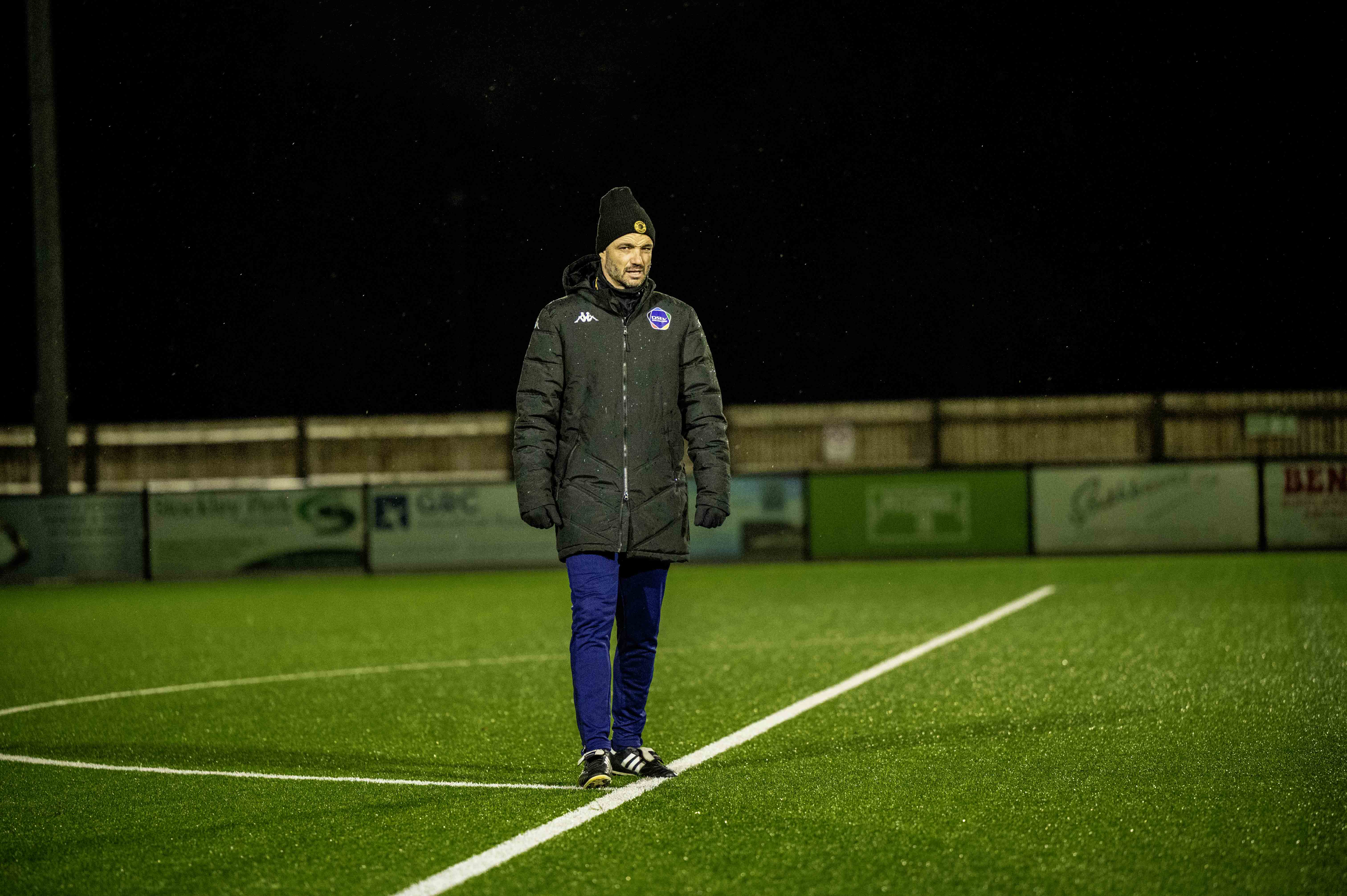Posted in News on Oct 23, 2001.
Assistant police commissioner Oupa Khumalo also said he had
been sprayed with teargas while attending an earlier soccer match
at the stadium.
The same individual who allegedly ordered teargas to be used in
April was responsible for spraying him at the earlier occasion,
Khumalo said.
He was giving evidence in Pretoria in the inquiry into the April 11
stampede that claimed the lives of 34 people. More than 100 others
were injured.
Khumalo, head of crime intelligence in Gauteng, testified he
attended a match between Orlando Pirates and Kaizer Chiefs at
Ellis Park some time ago, probably around 1999.
After the game, guards from a private security company
prevented Premier Soccer League security staff from going back
into the stadium.
When Khumalo tried to reason with the private guards, a white
man with an eyepatch sprayed him with teargas.
Khumalo identified Louis Kruger as the culprit.
Earlier, it was testified that Kruger had given the order for teargas
to be used during the April 11 match. Kruger denied this in his
testimony.
Khumalo said he attended the later match in his private capacity.
While moving around the stadium in an effort to get in, he detected
a faint smell of teargas.
Meanwhile, Professor Hendrik Johannes Scholtz told the Commission that there was no way to determine whether the victims of the Ellis
Park disaster had inhaled any teargas
Professor Scholtz from the University of the
Witwatersrand, who performed the post mortems on seven of the
43 victims and oversaw the rest, said the gas was broken down
immediately when it reached the bloodstream, and was therefore
not detectable.
He said it could be detected on clothes, but he and his team had
received the bodies unclothed.
Besides the 43 fatalities, more than 100 people were injured in a
stampede during a Kaizer Chiefs-Orlando Pirates match at the Ellis
Park Stadium in Johannesburg on April 11 this year.
In earlier testimony, claims were made that teargas was used to
control the crowds that tried to get into the stadium to see the
match.
Asked whether any of the surviving patients at the Helen Joseph
Hospital complained about or were treated for tear gas inhalation,
Scholtz said nothing of the sort was not noted in patient records.
In the case of those whose who perished, the cause of death
was either traumatic asphyxia, when severe pressure to the chest
prevented breathing, or a lesser version, called splinting of the
chest.
He said that in his opinion, none of the injuries sustained by
those who died or were taken to hospital suggested that the people
had fallen from a height.
Most of the 26 patients treated at the Johannesburg Hospital
sustained bruises. There were only a few more serious cases, like
fractured ribs, as well as a broken elbow and little finger, Scholtz
testified.
The inquiry, held at the Pretoria High Court, continues on
Wednesday.





